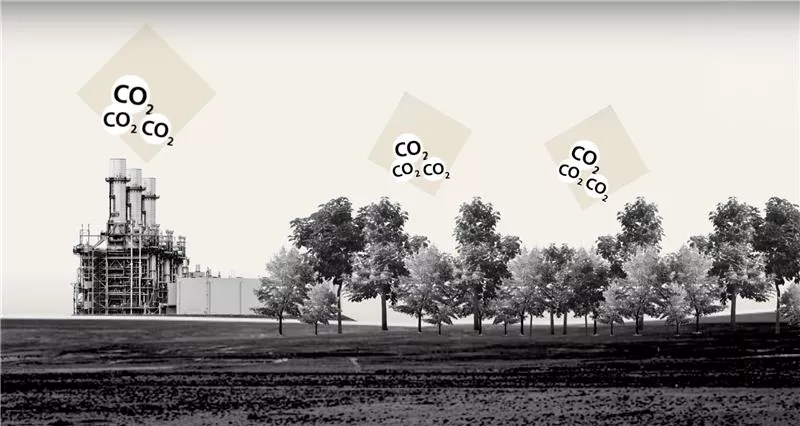Negative emissions and carbon dioxide removal
Key research area
Negative emission technologies, or large scale carbon dioxide removal, are by many assessments, policy makers, industries and companies, seen as key to slow or halt climate change. Researchers at LUCSUS studies the narratives, implementation and impacts of these technologies from political, economical and justice perspectives.
The research takes a critical perspective, and studies the politics of modelling negative emissions in integrated assessment models, the assumptions underpinning projections of large-scale carbon removal; the extent and form in which these are being taken up by policy makers in different countries; and the various narratives and imaginaries about negative emissions that are being produced by corporations, policy makers and in civil society.
Negative emission technologies might be necessary to achieve ambitious climate change mitigation targets. But they should not be seen as a substitute for ambitious decarbonization, or distract from near-term political work to move society away from fossil fuels.
What are negative emission technologies?
Negative emission technologies include different technologies that can remove carbon dioxide directly from the atmosphere in order to reduce global warming. Some examples of negative emission technologies include tree planting, bioenergy with carbon capture and storage (BECCS), and direct air capture (DAC).
